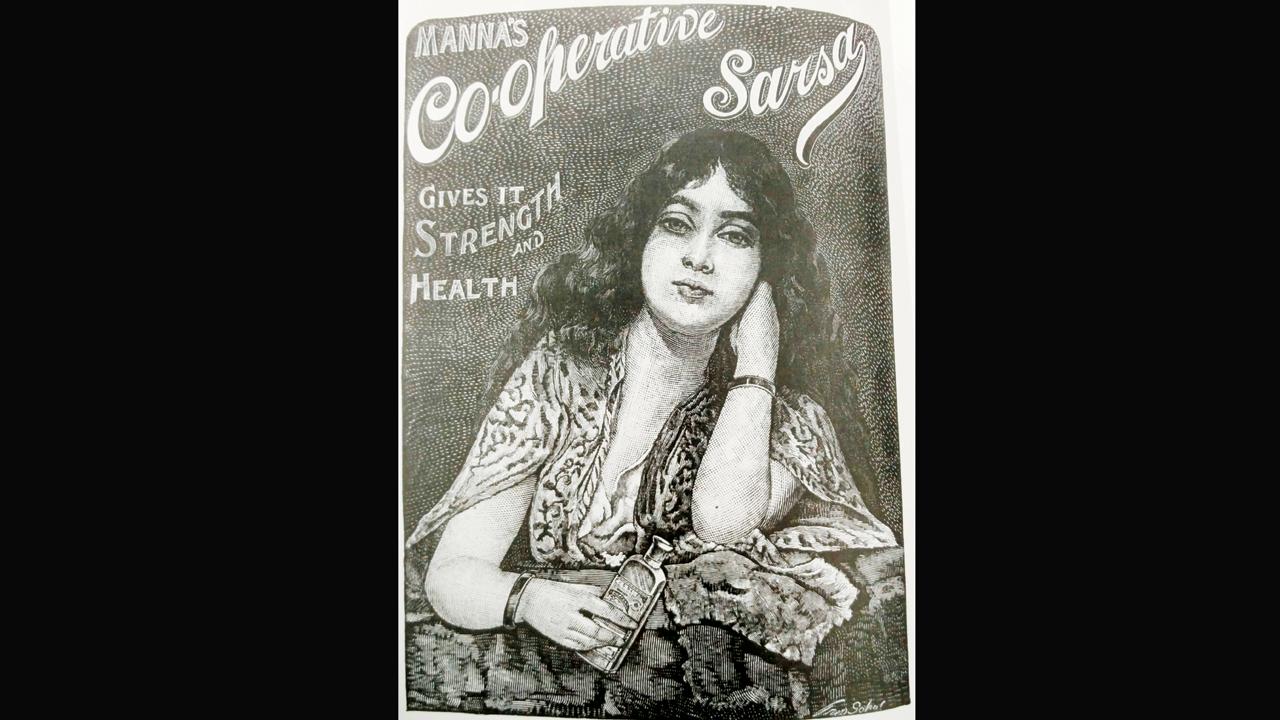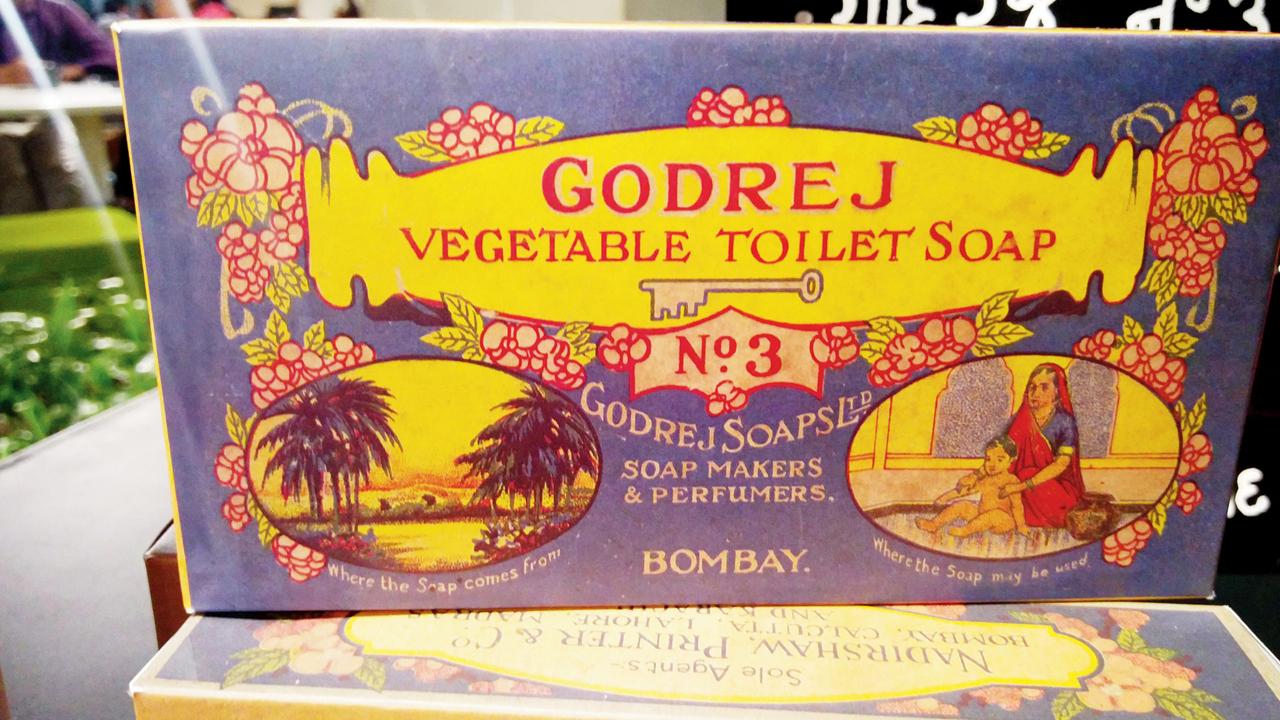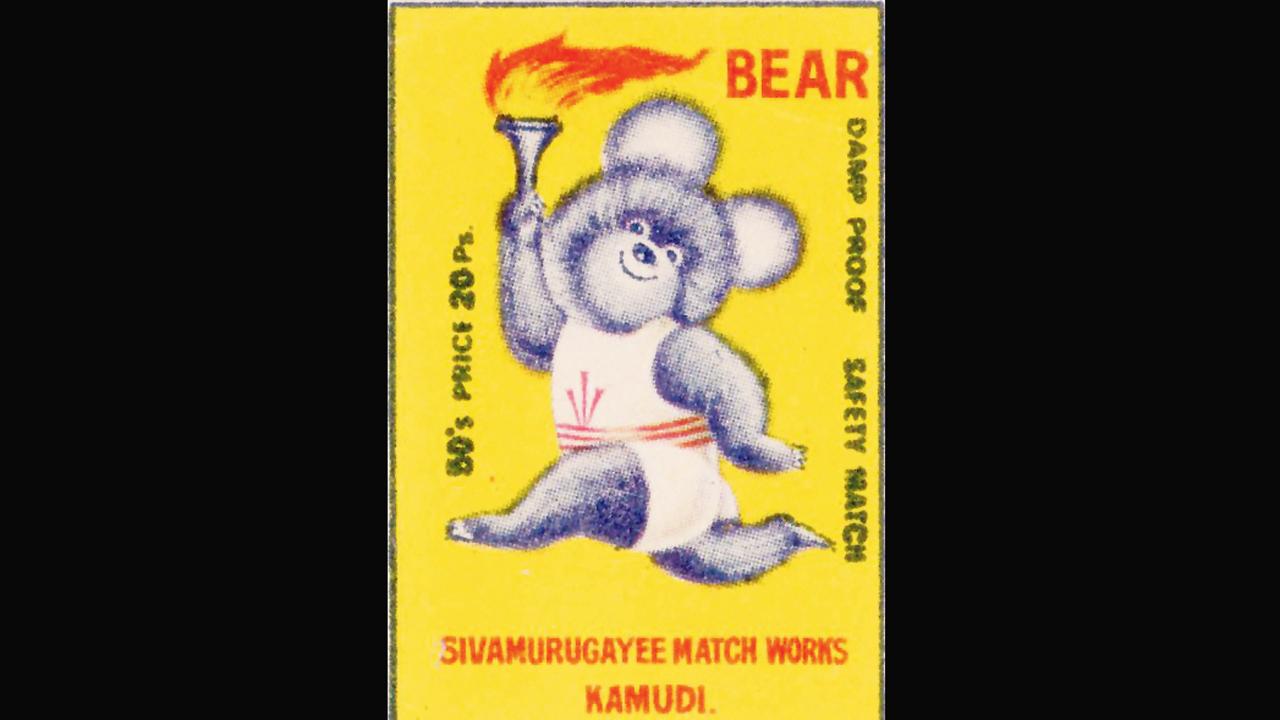A nation of startups and self-made professionals needs a book which inspired by vintage Indian brands offers a cautionary tale on how to weather a waning economy and political transitions

Cipla’s ad in Marg Magazine on the occasion of India’s Independence in 1947 featured the Indian flag against an eye-catching red background and an insert of scientists in labs. The ad copy is recreated in this image
The cover of journalist and documentary filmmaker Ramya Ramamurthy’s new title carries a vintage matchbox brand that’s available to this day. Superior Light is manufactured by the Sattur Original Match Company. Founded in 1933 by V Rajamoney Nadar, it guarantees “a sure strike for every stick”. Aptly enough, Ramamurthy’s book titled, Branded in History: Fresh Marketing Lessons from Vintage Brands, looks at businesses that thrived in colonial India, and struggled to transition to Independent India. “Some [brands] like Superior Light have lasted to this day, but others were not as lucky.”
Lux soaps, Jabakusum hair oil, Woodward’s Gripe Water, Atlas Cycles, Dalda, Mafatlal Textiles—these evergreen brands have immortalised themselves by capitalising on emerging trends for almost a hundred years. Mumbai-based Ramamurthy says that they can teach modern-day brands a thing or two about surviving in a market that is in constant flux. “Their marketing strategies were innovative for their time. They made their mark in an era bookended by two historic markers of Independence—1857 and 1947. This was when India’s middle class was on the rise, and in my book, I trace the products this segment favoured, including the introduction and evolution of entire categories like soaps, biscuits, pharma, beauty, steel, tobacco, paints, shipping, and banking.”
 Sourced from Marg Magazine, The Story of Early Indian Advertising, March-June 2017, Volume 68, Number 3, edited by Jyotindra Jain, from the essay by Ashit Paul on The Graphic Art of Almanac Advertisements in Colonial Calcutta (Page 44), the footnote in the magazine reads: Page from the supplement produced by HD Manna and Co., advertising Co-operative Sarsa, (Nutan Panjika, 1909), Illustration by Preo Gopal Das, Courtesy Bangiya Sahitya Parishad
Sourced from Marg Magazine, The Story of Early Indian Advertising, March-June 2017, Volume 68, Number 3, edited by Jyotindra Jain, from the essay by Ashit Paul on The Graphic Art of Almanac Advertisements in Colonial Calcutta (Page 44), the footnote in the magazine reads: Page from the supplement produced by HD Manna and Co., advertising Co-operative Sarsa, (Nutan Panjika, 1909), Illustration by Preo Gopal Das, Courtesy Bangiya Sahitya Parishad
Lux is often remembered as the first soap brand to have employed a film star (Leela Chitnis in 1941). But Ramamurthy writes that it was actually Palmolive that pioneered this trend with Sulochana and Devika Rani. “However, they [Palmolive] mysteriously dropped this campaign before Lux launched theirs. What intrigued me the most was that Mahatma Gandhi, Rabindranath Tagore, and Annie Besant were influencers of that time, sought after by brands as varied as Godrej Soaps, Tata Steel and Cipla.” It’s these nuggets—our favourite is that Dalda, the Vanaspati ghee brand, inspired a brand called Walda launched by Walchand Hirachand—gathered through interviews with branding and marketing experts, corporate archivists, historians and academics, that make it a unique read.
So what did advertising campaigns look like 100 years ago, we ask. “They were, more often than not, likely to be pamphlets, hoardings on trams, and text heavy ads in newspapers such as Statesman, Amrita Bazaar Patrika, Bombay Chronicle, etc. Radio only launched in the 1920s, so a jingle or tune that was the earworm of its time would have become more viral than ads by brands that only relied on print. Catalogues and letterheads were more likely to be sources for information on new brands and products. Some brands did go out on a limb to impress their consumers. For instance, Mysore Sandal soap held a camel procession to advertise the soap in Karachi in pre-independence India.”
 In 1916, Ardeshir Godrej experimented with the idea of making toilet soaps from vegetable oils instead of animal fat as was the accepted practice in most countries since the beginning of soap manufacture. This picture was taken by the author at the centennial exhibition of Godrej Soaps in 2019 at Vikhroli
In 1916, Ardeshir Godrej experimented with the idea of making toilet soaps from vegetable oils instead of animal fat as was the accepted practice in most countries since the beginning of soap manufacture. This picture was taken by the author at the centennial exhibition of Godrej Soaps in 2019 at Vikhroli
A factory visit by Mahatma Gandhi or any leader of the freedom struggle received more column inches in the Bombay Chronicle than any other patronage. “Godrej Soaps featured testimonials by Dr Annie Besant and Rabindranath Tagore. Textile manufacturers created the most beautiful art on the labels that accompanied their bales of cotton that were probably only seen by the middle-men. Similarly, matchbox covers were the hottest advertising space for brands from Tata Sons to New China Mills, John Orr Ewing & Co. and other smaller businesses. The matches were so well designed that they became a collector’s item, and were manufactured in countries like Sweden, Austria, and Japan.”
According to Ramamurthy, early brands made it a point to capture the imagination of the Indian consumers by speaking to them about issues that mattered. “In an era where the freedom struggle and the divestment from colonial powers was emerging as a watershed moment, some focused on the ‘Made in India’ aspect to distinguish themselves from foreign counterparts, while others relied on nationalist leaders to lend a patina of Swadeshi cool to them. Still others focused on the superior product they were offering to match in Europe. When nothing else worked, they focused on price,” she says.
 Ramya Ramamurthy
Ramya Ramamurthy
Like for this writer, biscuit brand Parle holds a special place in even Ramamurthy’s childhood memories. Her father, who was born in 1946, hummed the jingle of a biscuit brand called JB Mangharam. “It went ‘chai piyo aur biscuit khao JB Mangharamki… energy food biscuit, energy food biscuit’. I was told the biscuit was pronounced biskoot. Brands like these were immensely popular just before Independence and later trounced by Parle and Britannia. This actually inspired the book because I wanted to know if JB Mangharam has failed due to internal family dynamics or because it couldn’t make a successful transition from British India to after,” she shares.
The category of brands she picks as the most resourceful is soaps and beauty. They weren’t big then because “people did bathe and anoint themselves with lotions or oils, but these were mostly made at home. Household items like besan, reetha or shikakai were used”. To convince such a consumer to part with a few annas for a bar of soap required wizardry. “They did this by introducing the concept of bathing with a soap as aspiration, and explaining how their products were formulated by the best scientific minds, made with superior vegetable oil and not animal fat, since these considerations were important.”
 Indian matchbox covers were bright, bold and dramatic. This one is by Sivamurugayi Match Works, Kamudi
Indian matchbox covers were bright, bold and dramatic. This one is by Sivamurugayi Match Works, Kamudi
So did these brands get it right? More often than not, yes, she says. Because the concepts they pioneered seem to still work, especially in beauty where turning to Ayurveda, using natural ingredients and treating bathing as luxurious self-care (abhyanga) are being used by modern brands like Forest Essentials and Kama Ayurveda, too.
Branded in History is a nostalgia tour of brands that the author’s grandparents used and whose jingles they hummed. It goes beyond our current love for vintage kitsch to offer those driving this nation of startups a glimpse into innovative ideas, cautionary tales and actionable business insights from a hundred years ago.
 Subscribe today by clicking the link and stay updated with the latest news!" Click here!
Subscribe today by clicking the link and stay updated with the latest news!" Click here!










